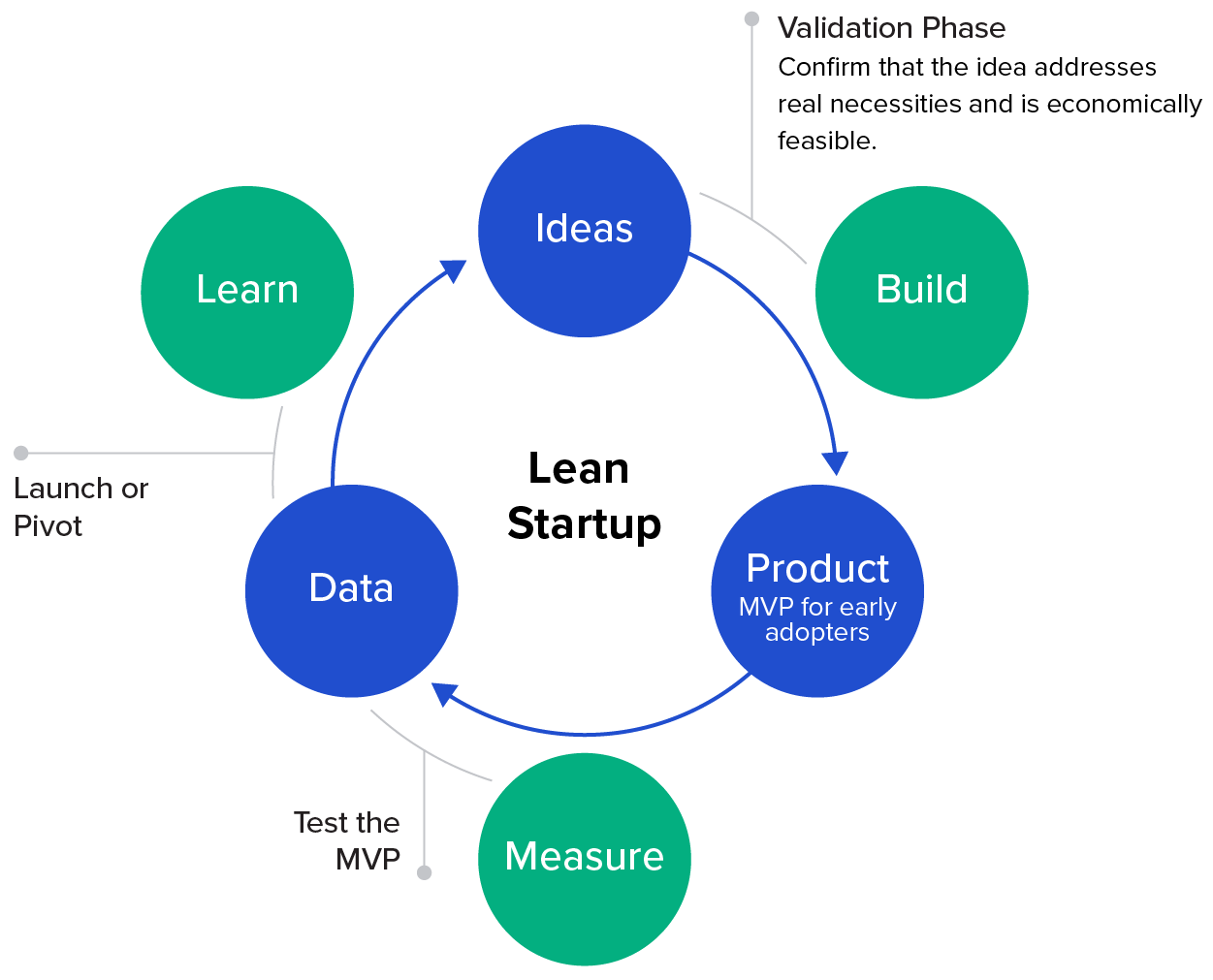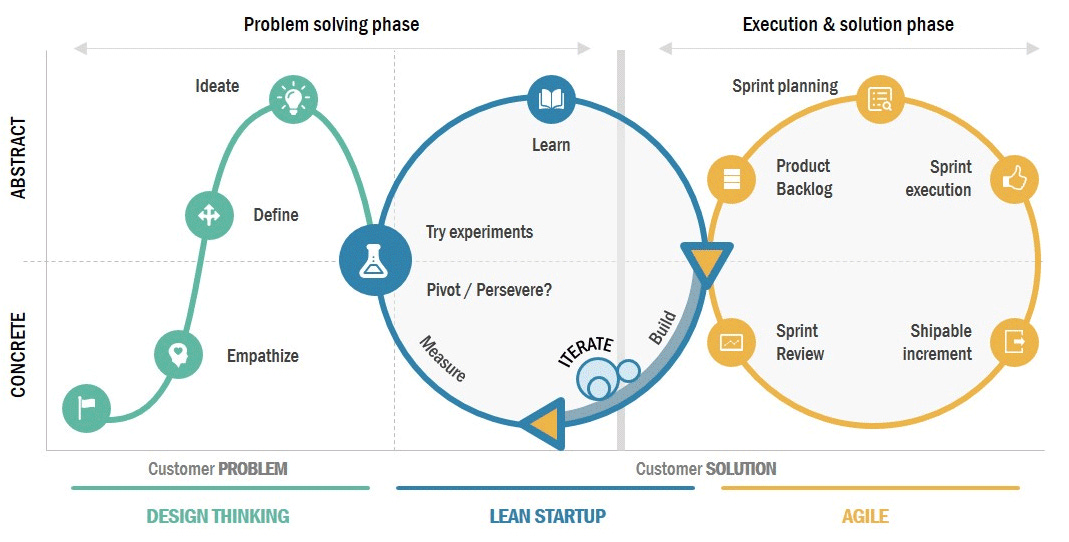The AI PMO Playbook
AI is changing project work fast. This playbook helps PMOs adapt without breaking what already works.
Before we jump into the article, here’s something for you: If you’re not a subscriber yet, you can still grab PMC’s free guide: Leading Better Project Conversations.
It’s packed with strategic questions, feedback tips, and a simple roadmap to lead project conversations that actually move things forward.
✅ Strategic questions to align teams and stakeholders
✅ Feedback prompts to handle issues before they escalate
✅ A clear step-by-step conversation roadmap for project success
Last week, we discussed a bit about the upskilling on AI for Project Managers. But how about the companies and their internal structures?
Ask a PMO leader today if they feel ready for AI, and you’ll likely get an uncomfortable silence or a polite but unsure nod from some of them... From the majority of them, I would bet.
The truth is that project management offices everywhere are quietly wrestling with how to handle AI.
It’s something new, tricky, and it doesn’t fit neatly into the ways we’ve always done things. It reminds me of that feeling you get when you upgrade your smartphone and suddenly all your favorite apps change just enough to make your daily routine awkward.
You know the basics, but everything feels a bit off, and it takes days (or even weeks) to get comfortable again.
AI in project management is exactly like this. It changes our workflow in small and big ways, from how we plan our schedules to how we track our risks.
But the bigger struggle isn’t just about understanding technology or new tools, it's also about shifting the way we think, the skills we value, and the way we measure success.
For years, PMOs have thrived on the clear structure. We like clear scopes, predictable outcomes, and standardized processes. We love it when plans match reality neatly, almost like building IKEA furniture step-by-step.
But even when PMOs understand that AI needs a different approach, changing things without breaking what already works feels risky.
It’s like trying to change a wheel while the car is still running. Most PMOs fear disrupting existing processes. It’s one of those human things, we don’t really like to change until staying the same feels even more uncomfortable.
A study by the Project Management Institute clearly highlights this struggle. It shows that more than half of professionals are already using AI tools quietly on their projects without formal approval or guidance from their organizations.
Imagine that! Teams are already experimenting because they feel they must, not because there's a proper policy or structured support. It’s a warning sign for PMOs: we need to catch up or risk becoming irrelevant.
The good news is, you’re not alone. That’s exactly why I’m writing this. I don’t have a silver bullet, but I’ve been reading and studying a lot about this recently, so maybe I can help you, at least with one single step.
Not the hype, not the high-level theory, but the real steps that PMOs can take to adapt. We’ll talk about changing how we think about projects, how to build light but smart governance, how to integrate new tools without chaos, and how to grow the right skills for this new kind of work.
Now, let's move into the first part: changing the way your PMO thinks about projects, from fixed plans to cycles of continuous learning.
Mindset Shift: From Fixed Plans to Learning Cycles
We start projects knowing exactly what we need, when it’s needed, and how we’ll measure success. And why not? It works well.
But… Which project am I talking about here?
As you may know, I’m from the tech industry, which means any IT project I work on (or at least 97%) is not like that. The nature of the project is actually…the change itself.
It feels comfortable. We like the sense of control it gives us, like following Google Maps directions that take you straight to your destination with exact timing. But when we start to use AI, suddenly these clear routes become blurred.
AI projects aren't predictable like traditional ones. Instead, they're more like exploring a new city without a guidebook.
You have some hints, maybe a few ideas where you want to go, but mostly you're figuring it out street by street.
You learn as you go, making adjustments with every new insight.
In fact, the PMI report about leading AI transformations clearly emphasizes that AI requires leaders and teams who are comfortable with learning and adapting in cycles.
So, what does a learning cycle actually look like in practice?
Think of it as a continuous loop: you experiment, measure results, learn from them, and then try again. Instead of long-term, fixed project plans, you break your project into small experiments.
Maybe you try a new AI tool to speed up reporting or a new algorithm to predict project risks better. The key is not perfection, but feedback and quick adaptation.
One useful approach to shift towards learning cycles is inspired by the Lean Startup methodology popularized by Eric Ries.
He suggests building simple experiments, testing quickly, and then either scaling or pivoting based on results.
He suggests building simple experiments, testing quickly, and then either scaling or pivoting based on results.
PMOs can take a page from this book by applying a similar model for their AI projects. Each small experiment teaches something new, which feeds into the next one, creating a cycle of rapid improvement.
Another practical way to bring this mindset shift is by celebrating learning and not just successes. Teams often fear admitting mistakes because traditional PMOs emphasize delivering as planned.
But in an AI-driven world, openly sharing what went wrong is as valuable as celebrating what went right. It reminds me of how children naturally learn, they aren't embarrassed by mistakes; instead, each error is an exciting chance to get better. PMOs need that same childlike enthusiasm for discovery.
To make this shift real, PMOs must also rethink how they track success. Traditional KPIs usually measure outputs, timelines, and budgets. These are still important, but AI projects also need metrics that capture learning and adaptability.
For example, tracking how many experiments teams run each month, the speed of making changes based on feedback, or how quickly teams identify and fix problems can all be new success measures.
Remember, this shift doesn’t happen overnight, and it's perfectly fine to struggle a bit at the beginning. Moving from predictable plans to flexible learning feels uncomfortable at first.
It might even create anxiety. That’s normal. Like starting a new workout routine, muscles feel sore initially. But over time, it gets easier, and soon you wonder why you didn’t start sooner.
To help your team feel comfortable, start small. Take one low-risk AI project and use it as your learning lab. Make it safe to test, fail, and learn openly. Celebrate what you learn, not just the final outcome.
Encourage sharing lessons widely. Soon, this will become your PMO’s natural way of working, making your entire organization stronger and more adaptable for the future.
Before we move on to the details about governance, integration, and skills, take a moment to reflect on this question: Is your PMO ready to embrace learning cycles?
If yes, great! If not, that's okay too… Keep reading, because the next sections will make this shift feel achievable and practical.
Now, let's dive deeper into the next big step: establishing governance that scales effectively with AI projects.
Governance That Scales: Keeping Things Simple and Clear
One of the trickiest things about AI is that, when things go wrong, they can go… Really wrong. And not just in ways we are used to managing. AI projects carry risks that traditional PMOs haven't faced before, like data biases, privacy issues, or even ethical concerns.
So the question becomes: how do you set up governance that protects the project without slowing down innovation? The secret here is to create governance that's simple, clear, and adaptable.
Governance shouldn't feel like a heavy bureaucratic process. It should feel more like the seat belt in your car, something that keeps you safe without stopping you from driving.
Here are 3 very practical tools you can start using to build your governance structure:
1. Simple Risk Log
Every PMO uses a risk log, but AI projects need a different approach. Risks here are less predictable and can pop up unexpectedly.
Instead of having a giant, complicated spreadsheet nobody wants to update, keep your risk log super simple. Try this:
What's the risk? (Write it clearly)
Why does it matter? (Explain the impact in simple words)
How will we fix or avoid it? (Clear steps, no jargon)
Who's responsible? (One clear owner)
This format keeps everyone on the same page and makes it easy to update often.
Want to unlock more practical systems to help you lead projects with clarity and confidence? Subscribe now and get 20% off your first year.
Paid subscribers unlock:
🔐 Weekly premium issues packed with frameworks and/or templates
🔐 Access to special toolkits (including the Starter Pack with your subscription)
🔐 Strategic guides on feedback, influence, and decision-making
🔐 Exclusive content on career growth, visibility, and leadership challenges
🔐 Full archive of every premium post
Plus, you get a Starter Kit when you subscribe, which includes:
🔓 Kickoff Starter: Kickoff Checklist, Kickoff Meeting Agenda Template, Project Canvas Deck, Kickoff Email Template, Sanity Check Sheet
🔓 Stakeholder Clarity: Stakeholder Power Map, Expectation Tracker Sheet, Backchannel Radar Questions, First Conversation Checklist + Script
🔓 PMC Status Report Survival Toolkit: Status Report Checklist, 1-Page Status Email Template, RAG Status Guide (Red–Amber–Green done right), Bad News Script Cheat Sheet
Keep reading with a 7-day free trial
Subscribe to Project Management Compass to keep reading this post and get 7 days of free access to the full post archives.








